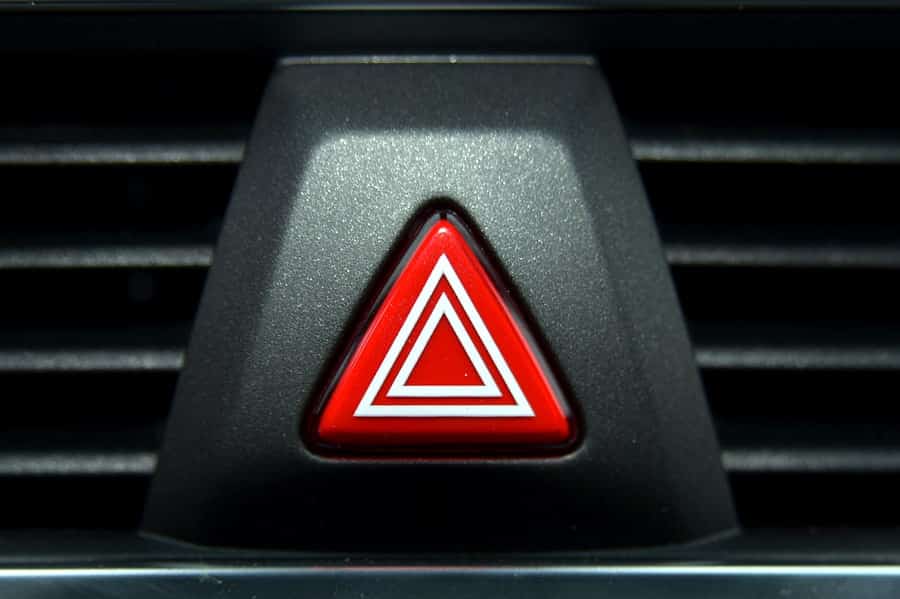
Indicators have been a statutory requirement on UK cars since 1965, when a law was passed requiring all cars to have flashing lights to demonstrate which way a car intends to turn. Nearly all modern cars use small orange lights, often located in the headlight and rear light arrays as indicators. These flash to alert other road users to the driver’s intentions.
Indicators however also can be used as part of a car’s hazard lights. When a car is in trouble, the driver can flick the hazard switch, making all indicators flash repeatedly at the same time, alerting other road users to an obstruction or even a potential danger caused by the stopped vehicle.
Continue reading
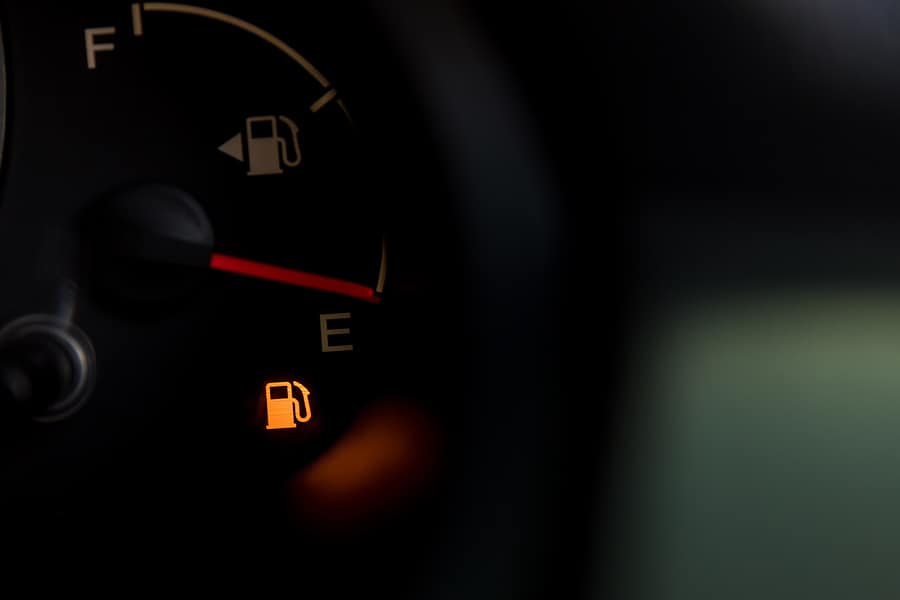
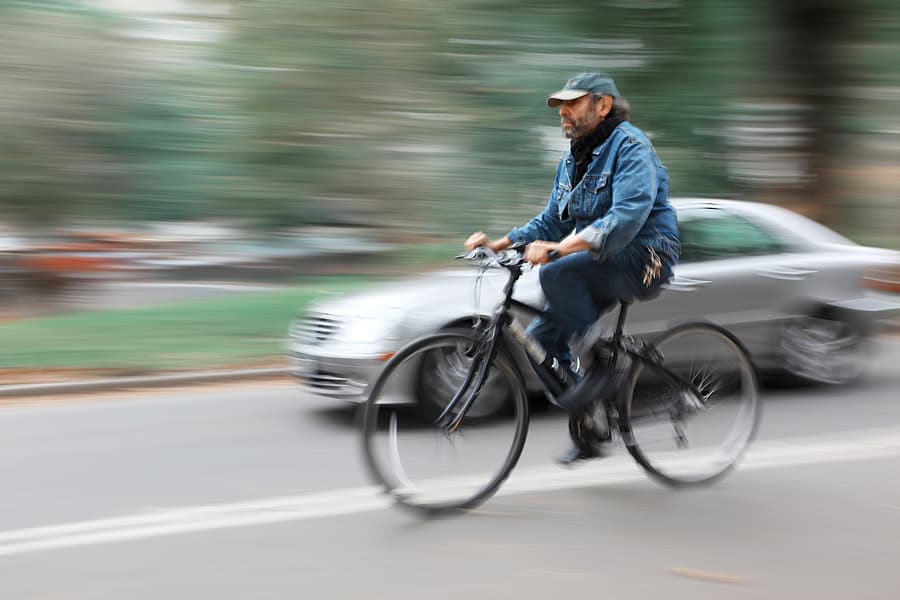
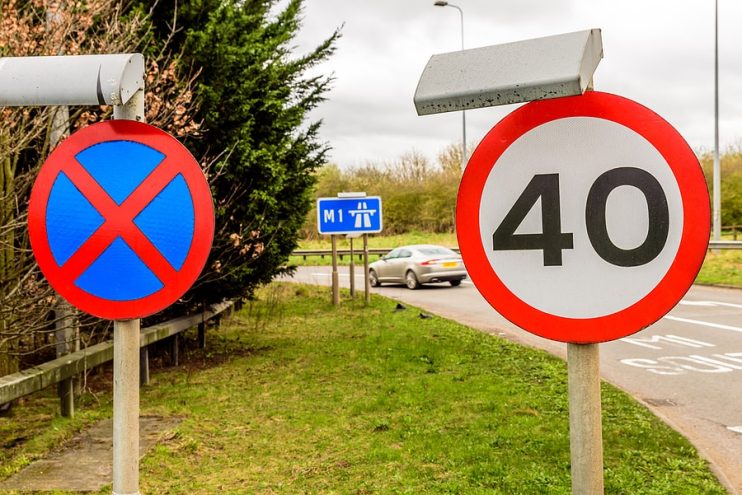
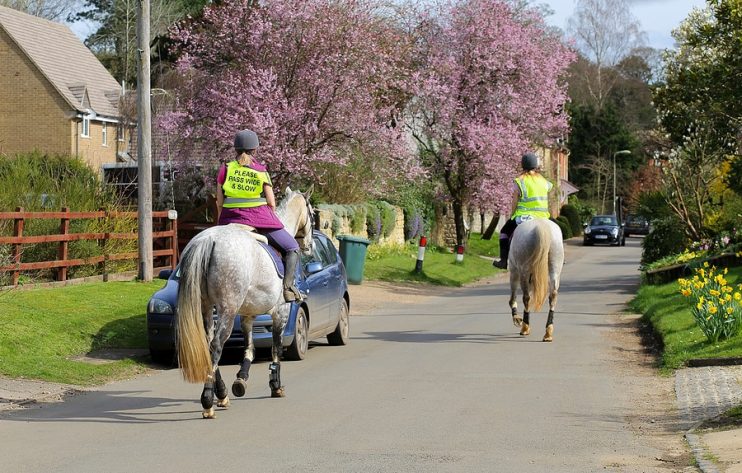

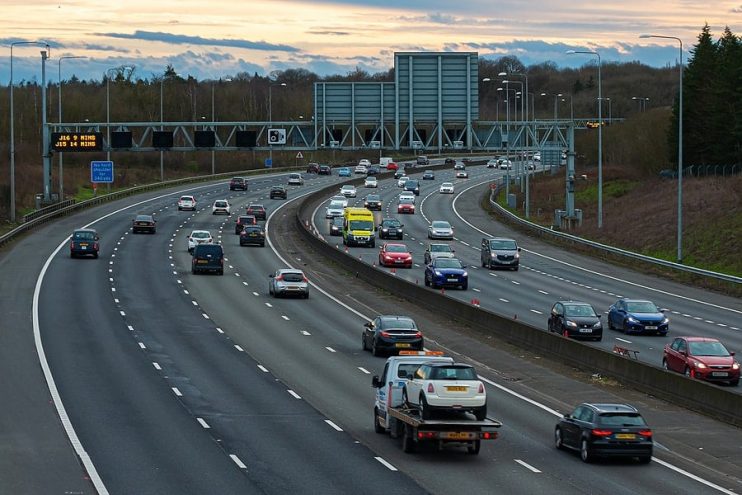
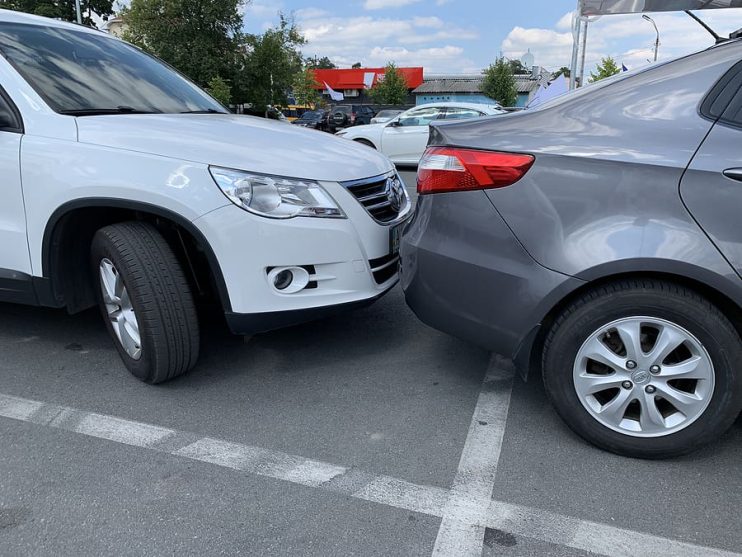
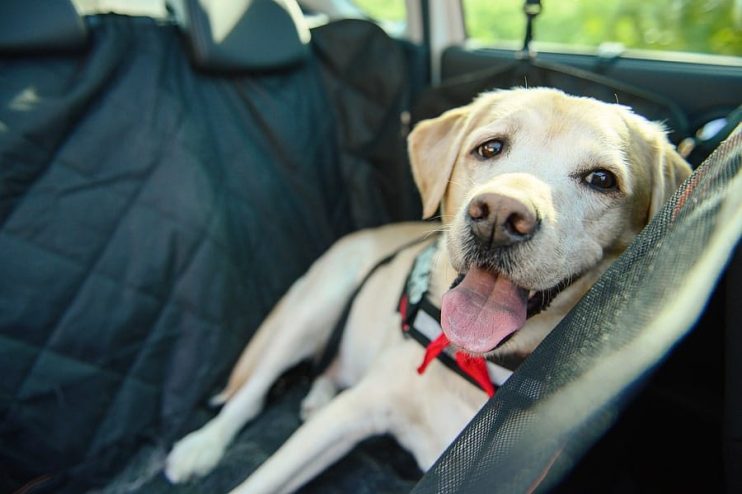
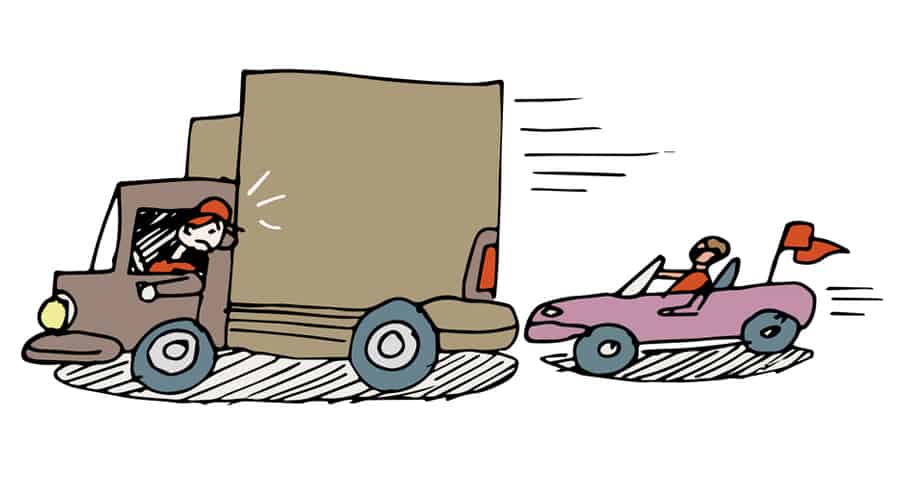
.png)